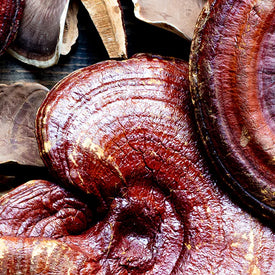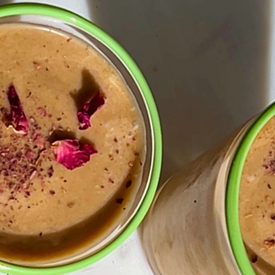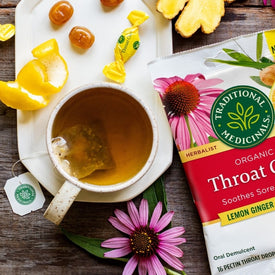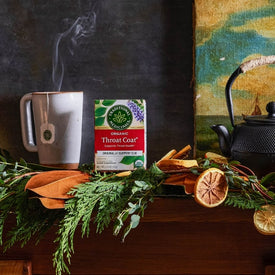In the spring, our California hillsides are blanketed with an abundance of medicinal plants, like milky oats and California poppy and wildflowers such as blue lupine and coreopsis. These blooming beauties are medicine for the spirit and inspire us to start our own gardens, as we know how rewarding it can be to create herbal medicines from the ground up. But for frugal or avid herb gardeners, germinating plants from seeds can be a lengthy and more costly endeavor. That’s why we love growing plants from cuttings, a practice known to botanists as vegetative propagation or “self-propagation” among gardeners. If you have access to an established garden and a sharp pair of scissors, you are all ready to cut away and create an abundance of new plants for your herbal garden. Best of all, this simple practice is free of charge!

The Science & Technique of Vegetative Propagation
While most think of germinating plants from seeds, there are many other ways to get your garden started, including by vegetative-propagation. You can start new growth from layering plants with runners, root division, crown propagation, and grafting, but we love to propagate plants by taking simple cuttings.
Plants that can generate new growth from just their stems make for great cuttings, such as peppermint, lemon balm, and nettles. Gardeners also call this simple technique “cloning.” We know this sounds a bit sci-fi, but we promise this age-old practice is about as down-to-earth as you can get. Because this new plant is genetically identical to the original, this asexual form of reproduction is, in fact, a form of cloning. Plant cuttings reproduce successfully because plants contain undifferentiated—or non-specific—cells that, under the right conditions, have the capacity to multiply and transform into a new plant part, such as a root.

Plants from the mint family, a.k.a. Lamiaceae, can quickly regenerate themselves after being cut. We often put our fresh cuttings in a cup of water near a sunny window and watch the roots form over a three-week period. Hardwood cuttings are more challenging to propagate, but are do-able with a little extra effort. Conventional gardeners may use rooting hormones—which you can easily buy from a plant nursery—but we always opt for a natural solution.
Willow bark tea is a traditional and natural rooting hormone that activates new growth in plants. Willow trees come from the Salix genus and contain salicylates, a member of a family of chemicals that activates growth in plants. Just another incredible manifestation of plant power!
Ideal Herbs for Cuttings:
- Peppermint
- Spearmint
- Rosemary
- Basil
- Tulsi
- Oregano
- Sage
- Lemon balm
- Lemon verbena
- Thyme
- Stinging nettles (use gloves, as this plant has a fiery sting)
How to:
- To start, clean a pair of sharp scissors or pruners. Consider cleaning them again after each cutting to avoid spreading plant diseases throughout the garden.
- Cut from plants that are established, that have fresh and healthy new growth. Cut about six inches from the top and just below a leaf joint (also called a node). When cutting from a woody herb like rosemary, be sure to get the softer green parts that tend to be at the top of the plant.
- Strip the leaves off the cutting, with the exception of a few sets of leaves on the top.
- Place stems in a small glass of water with willow tea (optional and more practical for hardwood cuttings) OR place in a small nursery pot (about four inches in size) with potting soil, and place in a sunny window.
- Make sure to refresh the water in the glass periodically OR water the small pots daily.
In three to four weeks, your plants will begin to form roots, allowing you to transplant them quickly into your garden or a larger pot. These simple techniques can be applied to an array of different herbs and house plants, too. Frugal gardening techniques like these can save time and money while still making bountiful additions to a home garden. The next time you’re exploring a local park, a botanical garden, or a fellow plant lover’s home, you won’t be able to resist taking cuttings to spread the herb love far and wide.
For more herbal wisdom and plant-based projects, check out the DIY section of our Plant Power Journal.










